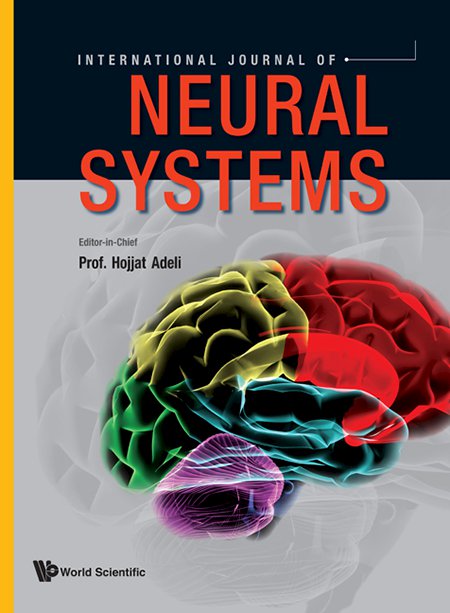昏迷患者体外膜肺氧合脑电图反应性的定量评价
IF 6.4
2区 计算机科学
Q1 COMPUTER SCIENCE, ARTIFICIAL INTELLIGENCE
引用次数: 1
摘要
客观评估昏迷患者在体外膜肺氧合(ECMO)支持下的大脑反应性对临床护理至关重要,但目前的方法受到主观方法和专家间分歧的限制。定量脑电图(EEG)算法可能有助于临床医生提高诊断准确性。我们开发了一种基于刺激的定量算法来评估ECMO支持下昏迷患者的脑电图反应特征。患者接受了强度增加的刺激方案(听觉、外周和鼻孔刺激)。使用格拉斯哥昏迷量表[公式:见正文]8,从24名接受ECMO支持的患者(年龄[公式:参见正文],10名女性,14名男性)中总共收集了129个20秒EEG时期。EEG反应性评分([公式:见正文]-评分)使用五个频带([公式(见正文)]、[公式(参见正文)]和[公式(见图)]中的每一个频带的聚合频谱功率和排列熵进行计算-分数,以确定复制有经验的临床医生进行视觉分析的决策过程的特性。音频刺激的频谱功率变化集中在[公式:见正文]波段,而外周刺激引起多个波段的频谱功率增加,鼻孔刺激改变了[公式:参见正文]波段的熵。这项关于[公式:见正文]-分数的试点研究结果为未来的临床应用预测工具奠定了基础。本文章由计算机程序翻译,如有差异,请以英文原文为准。
Quantitative Assessment of Electroencephalogram Reactivity in Comatose Patients on Extracorporeal Membrane Oxygenation
Objective assessment of the brain's responsiveness in comatose patients on Extracorporeal Membrane Oxygenation (ECMO) support is essential to clinical care, but current approaches are limited by subjective methodology and inter-rater disagreement. Quantitative electroencephalogram (EEG) algorithms could potentially assist clinicians, improving diagnostic accuracy. We developed a quantitative, stimulus-based algorithm to assess EEG reactivity features in comatose patients on ECMO support. Patients underwent a stimulation protocol of increasing intensity (auditory, peripheral, and nostril stimulation). A total of 129 20-s EEG epochs were collected from 24 patients (age [Formula: see text], 10 females, 14 males) on ECMO support with a Glasgow Coma Scale[Formula: see text]8. EEG reactivity scores ([Formula: see text]-scores) were calculated using aggregated spectral power and permutation entropy for each of five frequency bands ([Formula: see text], [Formula: see text], [Formula: see text], [Formula: see text], [Formula: see text]. Parameter estimation techniques were applied to [Formula: see text]-scores to identify properties that replicate the decision process of experienced clinicians performing visual analysis. Spectral power changes from audio stimulation were concentrated in the [Formula: see text] band, whereas peripheral stimulation elicited an increase in spectral power across multiple bands, and nostril stimulation changed the entropy of the [Formula: see text] band. The findings of this pilot study on [Formula: see text]-score lay a foundation for a future prediction tool with clinical applications.
求助全文
通过发布文献求助,成功后即可免费获取论文全文。
去求助
来源期刊

International Journal of Neural Systems
工程技术-计算机:人工智能
CiteScore
11.30
自引率
28.80%
发文量
116
审稿时长
24 months
期刊介绍:
The International Journal of Neural Systems is a monthly, rigorously peer-reviewed transdisciplinary journal focusing on information processing in both natural and artificial neural systems. Special interests include machine learning, computational neuroscience and neurology. The journal prioritizes innovative, high-impact articles spanning multiple fields, including neurosciences and computer science and engineering. It adopts an open-minded approach to this multidisciplinary field, serving as a platform for novel ideas and enhanced understanding of collective and cooperative phenomena in computationally capable systems.
 求助内容:
求助内容: 应助结果提醒方式:
应助结果提醒方式:


